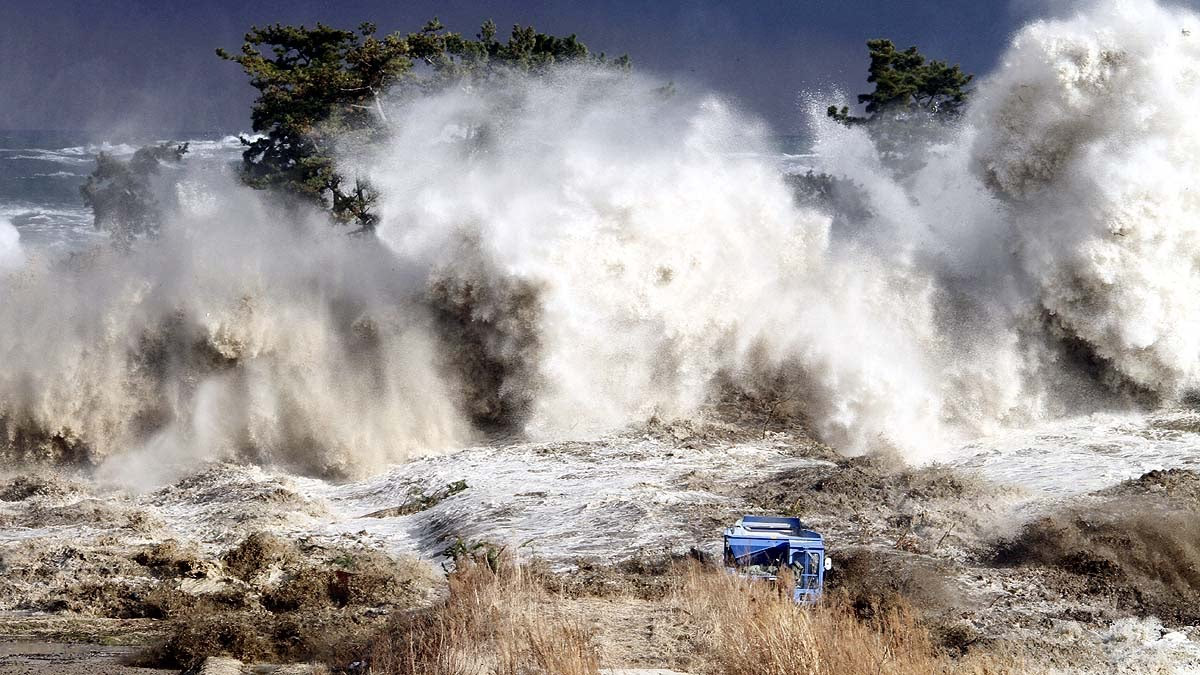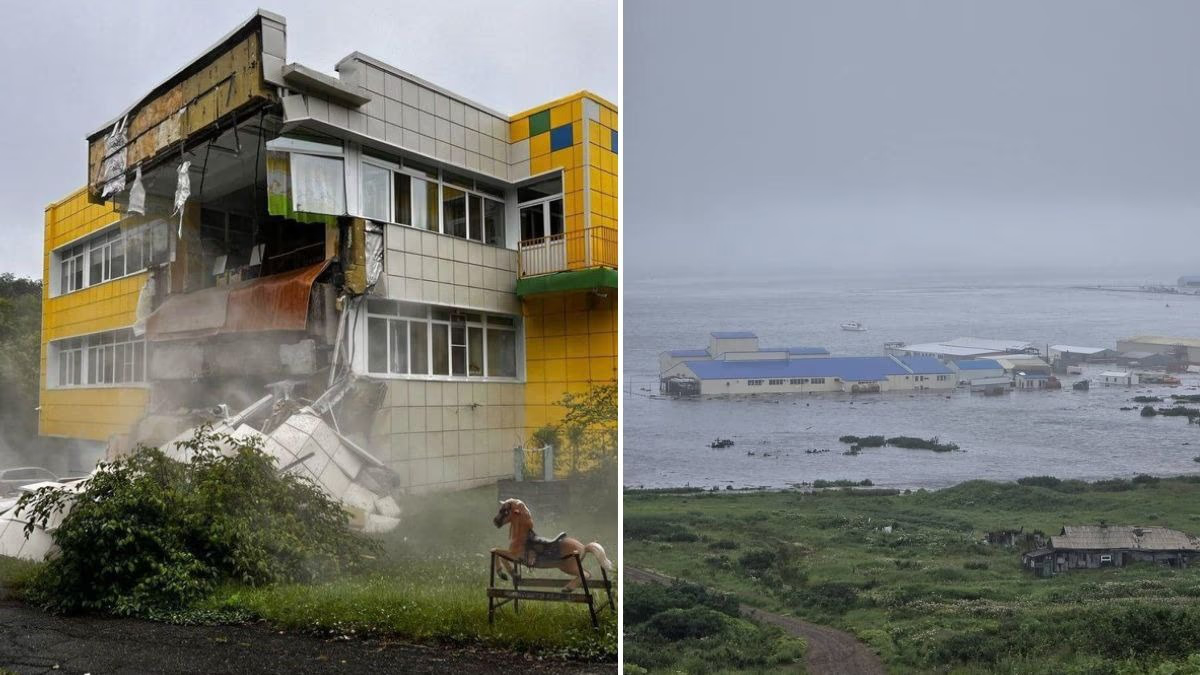Earthquakes are natural disasters capable of transforming landscapes in seconds. When an earthquake of magnitude 8.8 strikes a plains city, the destruction can be catastrophic. This article explores the catastrophic impacts of such a powerful quake.
Just how dangerous is an 8.8 magnitude earthquake?
Measured on the Richter or Moment Magnitude Scale (Mw), an 8.8 magnitude quake falls into the 'Great Earthquake' category, indicating its immense force and destructive potential. Each increase in magnitude represents a nearly 31.6-fold increase in energy, making an 8.8 magnitude earthquake significantly stronger than a 7.8 one.
Factors influencing earthquake impact in plains...
Soil Nature: Plains often have soft, loose soils like alluvial soil, which can amplify seismic waves, causing more significant damage.
Population Density: Urban areas with high population density face increased human casualties.
Building Structure: Non-earthquake-resistant buildings are prone to collapse.
Earthquake Depth: Shallow earthquakes result in more severe surface damage.
Tsunami Risk: Coastal plains face additional threats from tsunamis following an earthquake.
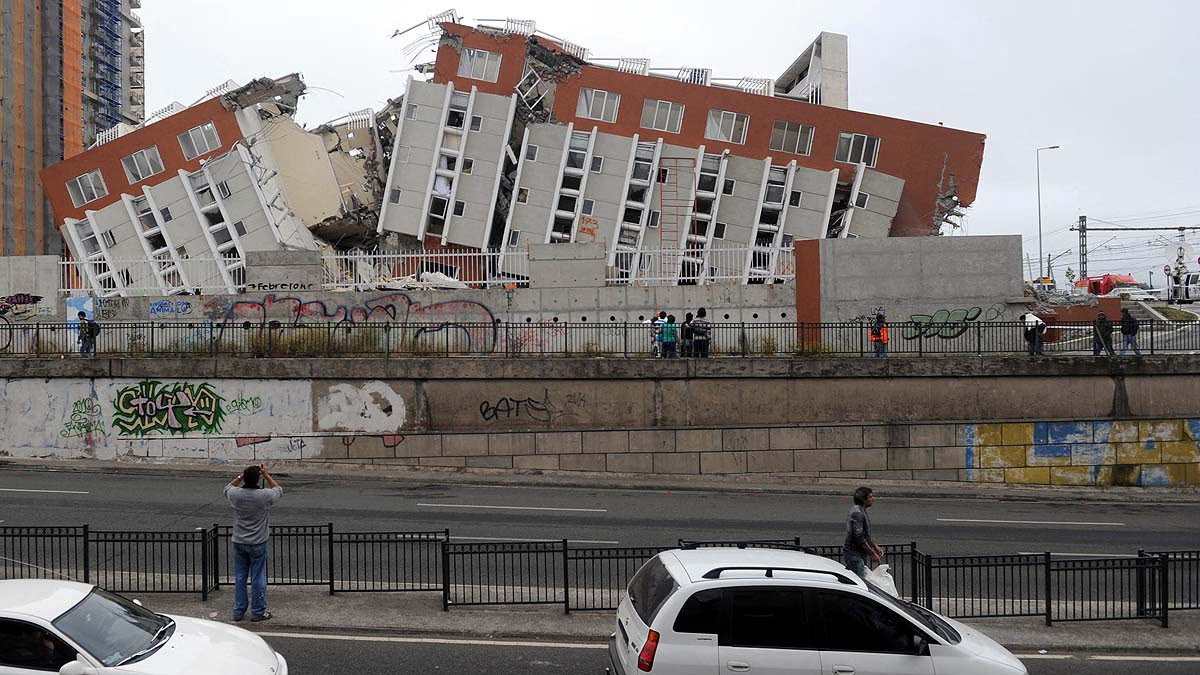
Source: aajtak
Destruction Caused by an 8.8 Magnitude Earthquake
Building Collapse:
Old, weak, and non-earthquake-resistant structures can be utterly destroyed by such powerful quakes. Even new buildings, unless designed with quake resistance in mind, may be severely affected, potentially leading to collapsed roads, bridges, and power lines.
Loss of Life:
In densely populated plains cities, the death toll could be catastrophic. The 2010 Haiti earthquake, with a 7.0 magnitude, claimed around 300,000 lives due to dense population and poor building standards. An 8.8 quake could cause even greater loss.
Landslides and Ground Fissures:
While landslides are less likely in plains, liquefaction due to soft soil can cause buildings and roads to sink.
Tsunami Threat:
Coastal cities can face further devastation from tsunamis caused by quakes.
Economic Impact:
Damage to critical infrastructure like hospitals, schools, and factories can have profound economic consequences. For instance, Japan's 2011 Tohoku earthquake, with a magnitude of 9.0, resulted in losses of about $360 billion.
Historical Earthquake Examples
Examining past earthquakes of a similar magnitude helps gauge potential outcomes in plain cities...
2010 Chile Earthquake (Magnitude 8.8)
Where:
Occurred in Chile's central region, affecting plains and coastal areas. The epicenter was offshore, not deeply seated (about 35 km).
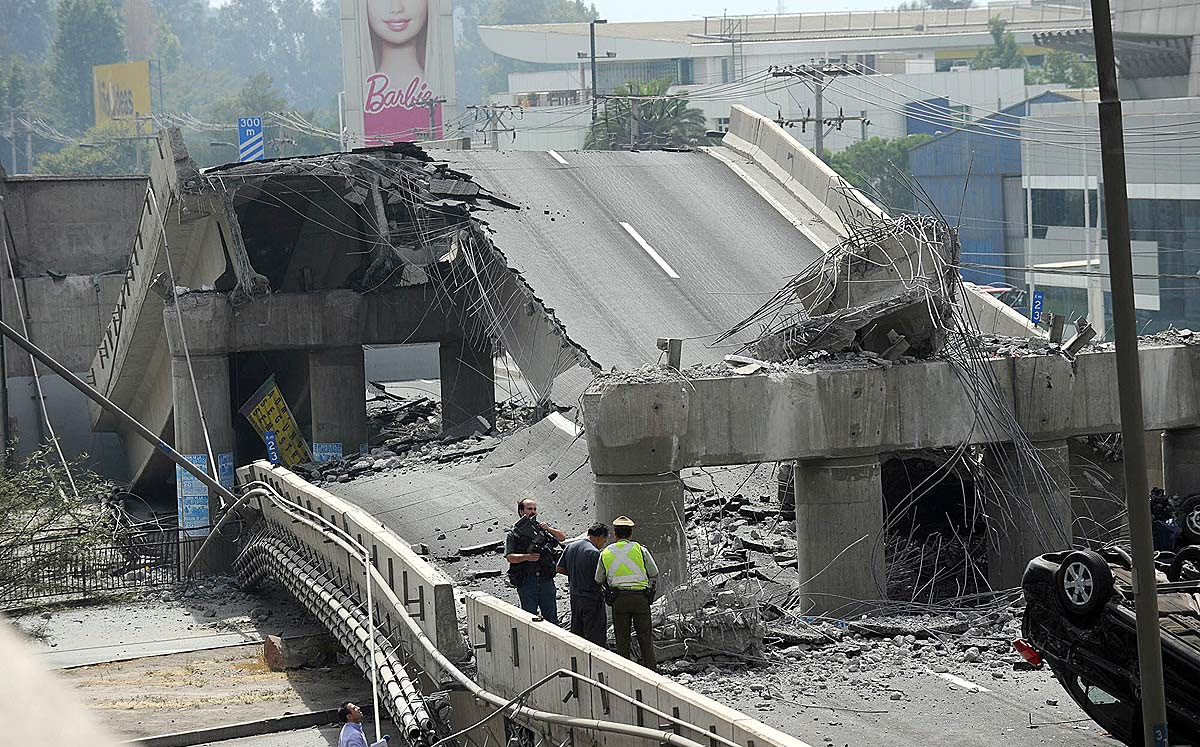
Source: aajtak
Impact:
Hundreds of structures were demolished, leading to 525 fatalities. Tsunami waves wreaked havoc on coastal zones. Despite earthquake-resistant Chilean buildings, older structures and infrastructures suffered tremendously. A less prepared city could face even greater damage.
Lessons for Plains Cities:
In Chile, soft soil amplified seismic waves, causing increased damage. In India's plains (e.g., Patna or Lucknow), a similar quake could result in massive destruction due to many old buildings.
1960 Chile Earthquake (Magnitude 9.5)
Where:
The world’s most powerful recorded quake struck in Valdivia, Chile, impacting plains and coastal locales.
Impact:
Thousands of structures were destroyed, with 1,655 casualties. Tsunami waves, up to 25 meters high, reached Hawaii and Japan. Landslides and liquefaction exacerbated the devastation.
Lessons for Plains Cities:
This quake demonstrated the dangers of soft soil and proximity to water, greatly increasing damage potentials. In India's Ganges plains, liquefaction risks would be significant.
2004 Indian Ocean Earthquake (Magnitude 9.1-9.3)
Where:
Struck near Sumatra, Indonesia, affecting India’s coastal plains, including the Andaman and Nicobar Islands and Tamil Nadu.
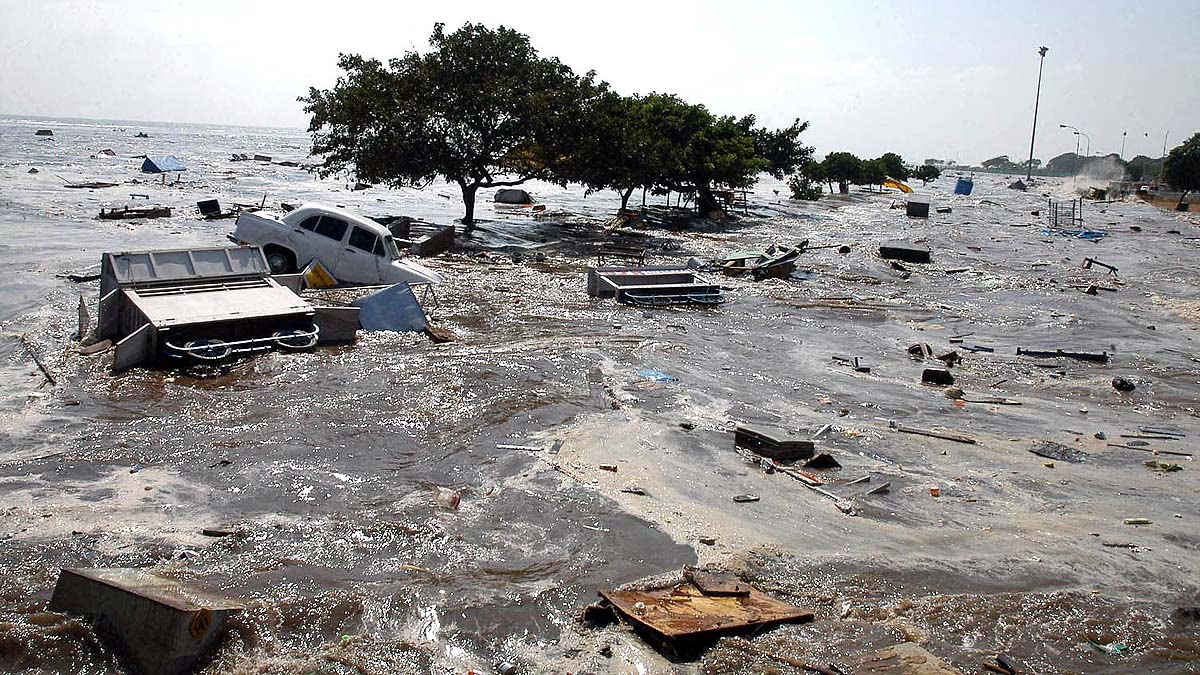
Source: aajtak
Impact:
The earthquake and ensuing tsunami claimed about 230,000 lives, including around 12,405 in India. Coastal towns and villages were thoroughly decimated.
Lessons for Plains Cities:
Although coastal plains are more tsunami-prone, dense populations and weak structures in plain cities can still lead to high casualty numbers.
2011 Tohoku Earthquake, Japan (Magnitude 9.0)
Where:
Occurred near Japan’s northeastern coast, impacting plains and coastal areas.
Impact:
The quake and resultant tsunami claimed around 28,000 lives and caused $360 billion in damages. The Fukushima nuclear plant leak worsened the disaster.
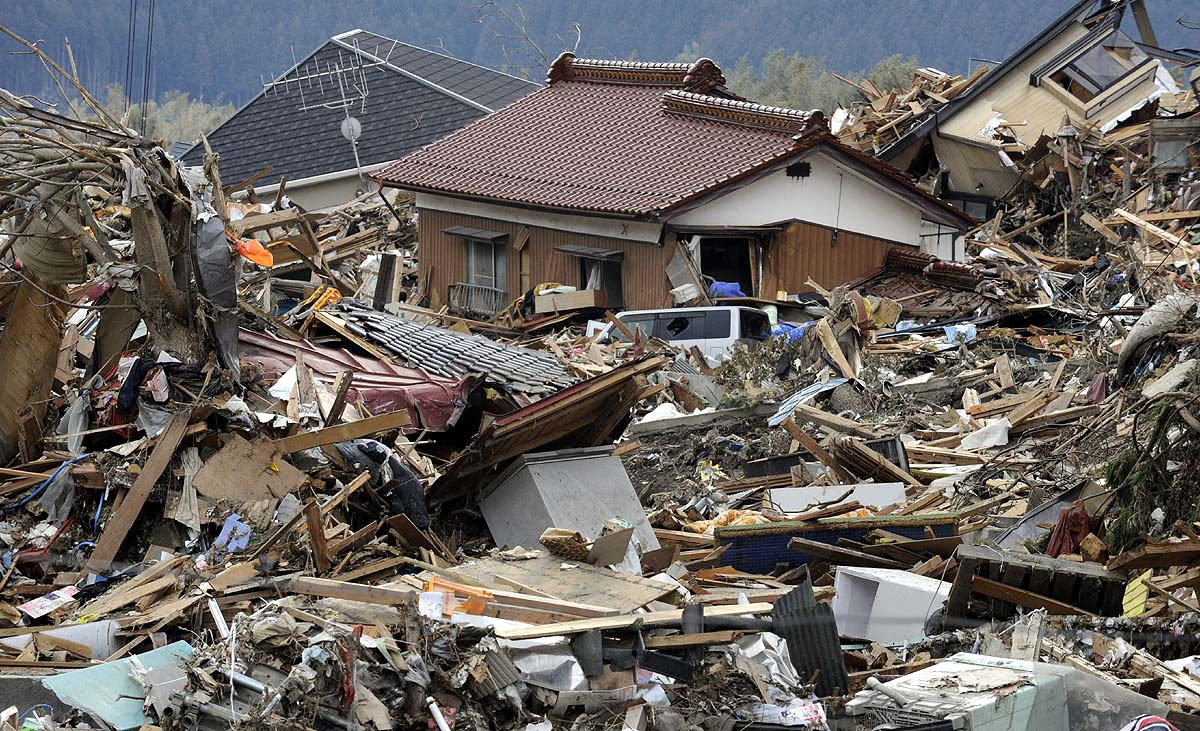
Source: aajtak
Lessons for Plains Cities:
Even in a developed nation like Japan with seismic resistance standards, severe damage occurred. In India’s plains cities, with older and weaker structures, destruction could be more extensive.
Potential Impact in India's Plains Cities:
In India’s Ganges plains, cities like Patna, Lucknow, or Delhi could face tremendous devastation due to an 8.8 magnitude quake. These areas have dense populations, and the soft alluvial soil would intensify seismic waves.
Buildings:
Older non-quake-resistant structures might collapse entirely. Modern apartments and malls without proper design may also be at risk.
Infrastructure:
Roads, railways, and power lines could break. Crucial buildings like hospitals and schools might also suffer damage, hindering rescue efforts.
Liquefaction:
Soft soil near rivers in the Ganges plains heightens the risk of liquefaction, causing buildings and roads to sink.
Economic Impact:
In a developing country like India, where reconstruction demands time and funding, economic losses could be extensive.
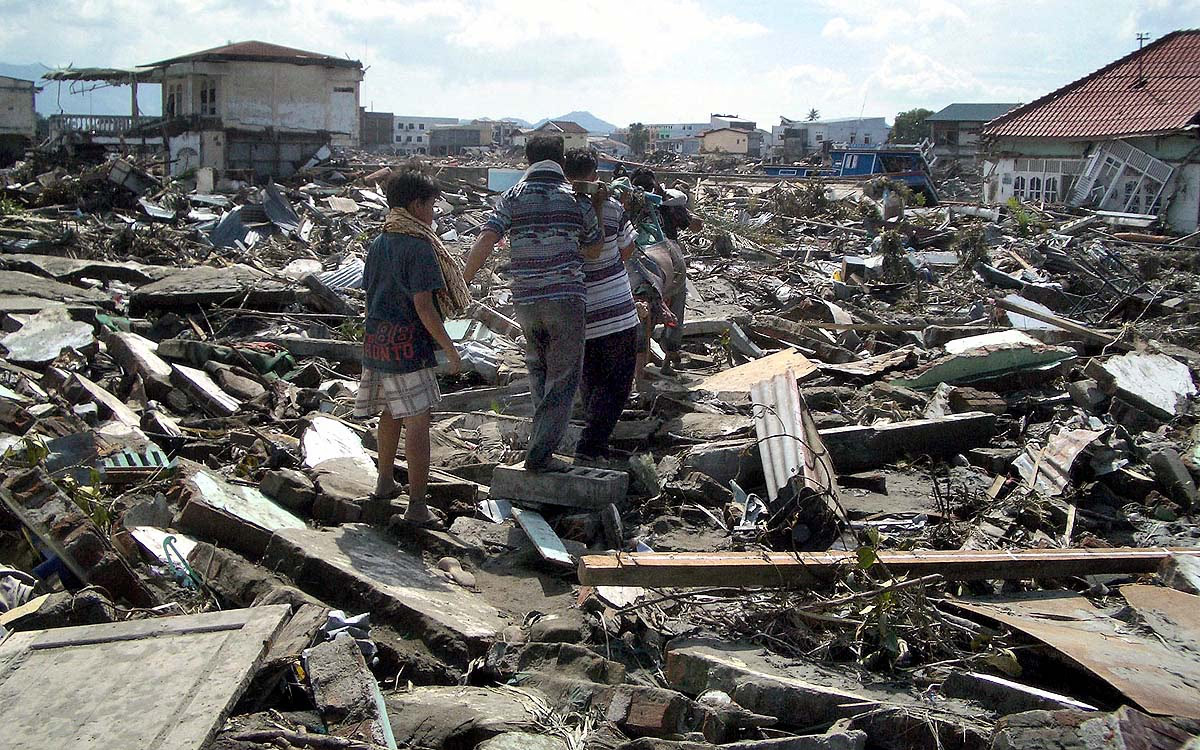
Source: aajtak
Can We Prevent Such Destruction?
While averting total devastation from an 8.8 magnitude quake is challenging, certain measures can mitigate the impact...
Earthquake-Resistant Structures: Buildings should be designed to be strong and flexible, a practice adopted in Japan and Chile.
Awareness and Preparedness: Communities need education on actions during earthquakes, like moving to open spaces or taking cover under tables.
Disaster Management: Agencies like the National Disaster Management Authority (NDMA) should be ready for rescue and rehabilitation efforts.
Urban Planning: Stricter regulations on building height and design in densely populated areas should be enforced.
